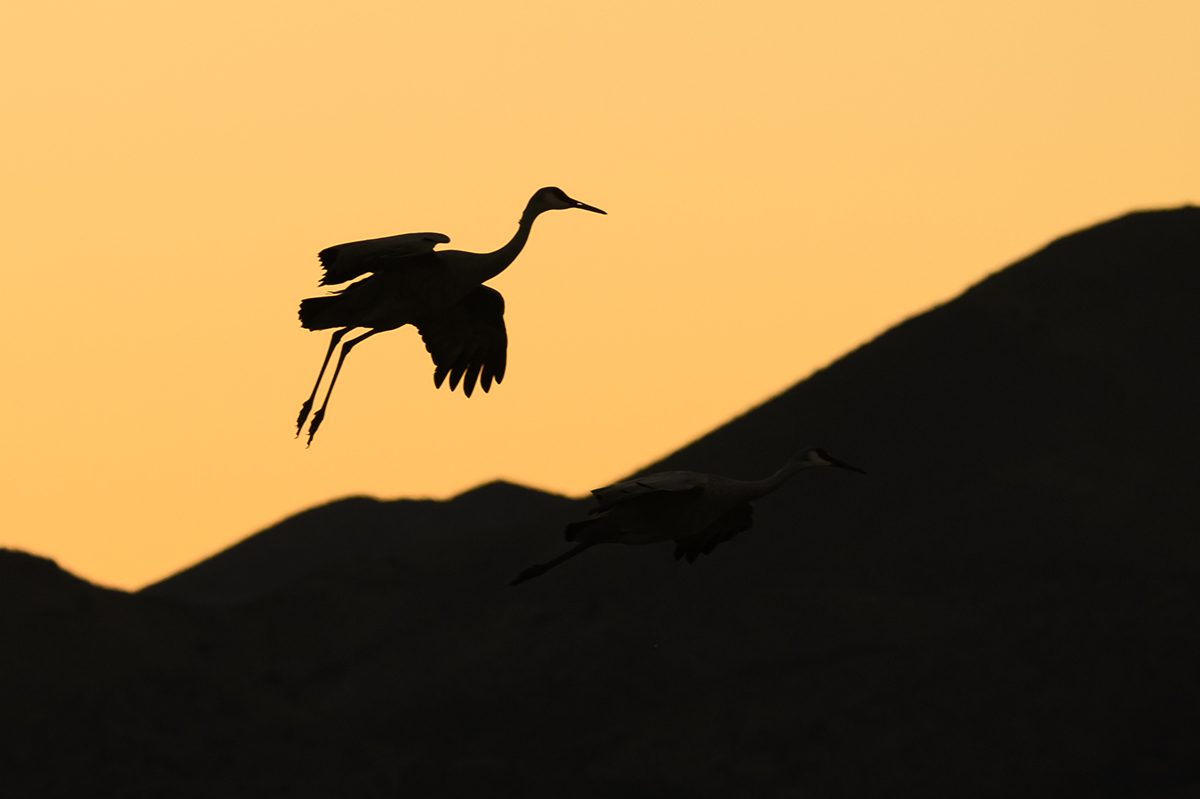Photographing Birds in Flight
Bruce shares his tips for photographing birds in flight using the Tamron 150-500mm telephoto zoom lens for his Nikon Z camera.
Share the article:
More Photo Tips | Video Gallery | Photo Gallery | Enewsletter sign-up
Article and Images by Bruce Wunderlich
Bruce Wunderlich is an award-winning photographer from Marietta, Ohio. He became interested in photography as a teenager in the 1970s and has been a passionate student of the art ever since. In the early 2000s, Bruce turned his focus toward bird photography or, as he calls it, "birdtography." Bruce now works as the photo editor and columnist for BWD Magazine, North America's premier bird-watching magazine (formerly Bird Watcher's Digest). Bruce is also a Hog Island Audubon Camp photography instructor in Bremen, Maine. Bruce became hooked on Tamron lenses since leading a bird photography workshop in the space coast area of Florida that Tamron sponsored. Bruce enjoys traveling the country to photograph birds. He recently took the new Tamron 150-500mm Di III VC VXD telephoto zoom on his Nikon Z9 to Bosque de Apache National Wildlife Refuge in New Mexico. The following images are from his trip to the land of Enchantment.
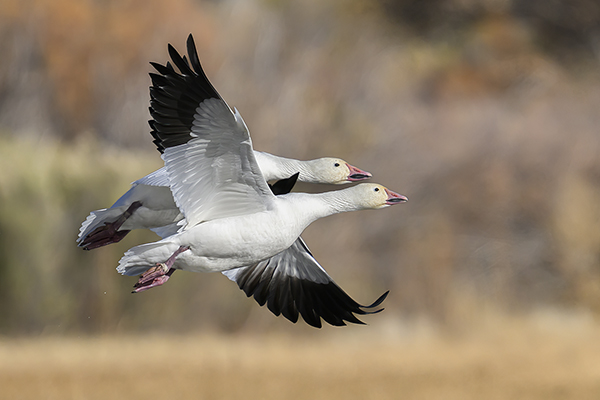
Tamron 150-500mm (Nikon Z), 500mm, F6.7, 1/2500, ISO 450
Click image to view larger
Bruce's tips for birds in flight
Make sure to have good lighting and appropriate shutter speed.
When taking pictures of birds in flight, there are two crucial factors to consider. Firstly, you need to ensure that you have good lighting. To take a well-lit image, position yourself with the sun behind you. Secondly, you must have an appropriate shutter speed. It is crucial to remember that when taking photos of birds, shutter speed plays an equally critical role as lighting. For instance, snow geese can fly up to 50mph. Therefore, you must set a fast shutter speed to capture these birds in flight. Your photo of a bird in flight needs a fast shutter speed to avoid blurring, even of the wingtips.
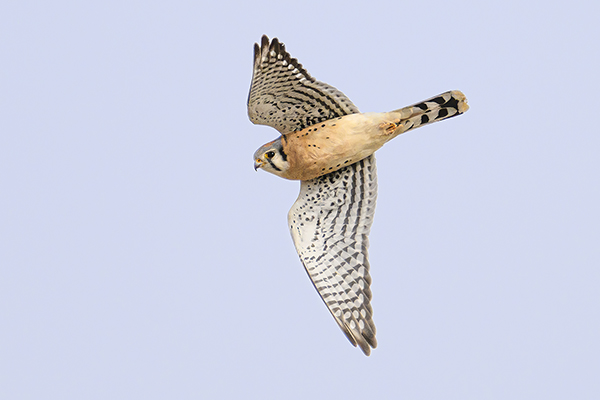
150-500mm (Nikon Z), 500mm, F6.7, 1/2500, ISO 640
Click image to view larger
Wings up or down, no pancakes.
Set your camera to the highest frame rate. Capturing as many frames as possible in a second will help you get the right pose. The preferred pose for birds in flight is usually with their wings up or down rather than straight out.
Use the Focus Limiter.
With bird eye detection, the Tarmon 150-500 lens focuses quickly on the Nikon Z9. For birds in flight, set your focus limiter to ignore close objects to help your autofocus system work even quicker.
Turn Image Stabilization Off.
When shooting birds in flight, you will use shutter speeds that negate any need for image stabilization. Having it on may make it harder to track subjects and slow focus performance.
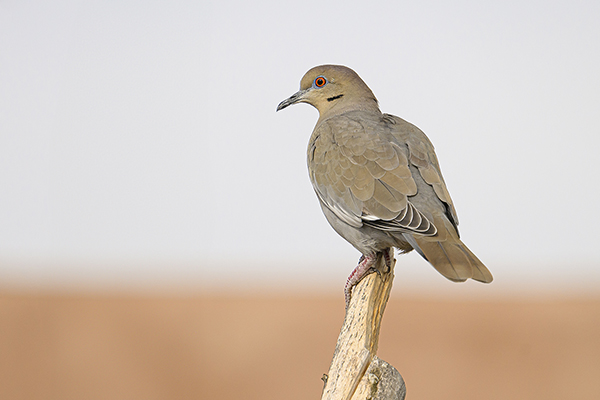
Tamron 150-500mm (Nikon Z), 500mm, F6.7, 1/1600, ISO 250
Click image to view larger
Backgrounds are important.
Perhaps second only to having a great subject is a great background. Many photographers often overlook or discount the importance of a clean background. An out-of-focus background is called bokeh (pronounced BO-ka), which Wikipedia defines as the aesthetic quality of the blur produced in out-of-focus parts of an image. Bokeh is also defined as "the way the lens renders out-of-focus points of light." Successful bird photographers make conscious decisions about backgrounds. Changing the background from distracting to pleasing can sometimes be achieved by simply moving a few inches in any direction.
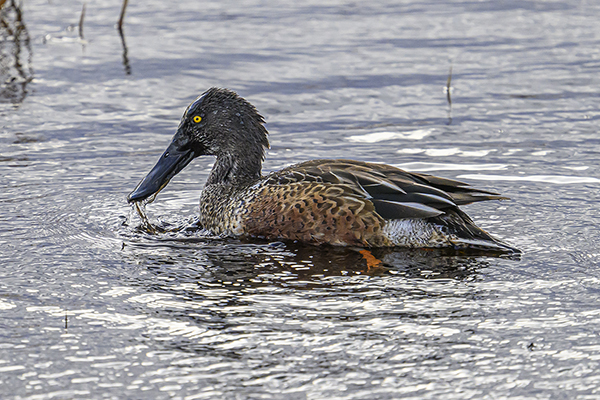
150-500mm (Nikon Z), 500mm, F6.7, 1/1600, ISO 900
Click image to view larger
Learn bird behavior with bird photography tips.
It is important to study the behavior and habits of bird species before photographing them, as each bird has its unique behaviors that distinguish them from one another. Understanding bird behavior can improve the quality of bird photography by predicting their behavior. For example, the Northern Shovelers swim in wetlands with their bills submerged in water, moving them from side to side to strain tiny crustaceans. Capturing a photo of a shoveler with its head raised and water dripping from its bill can create a captivating image.
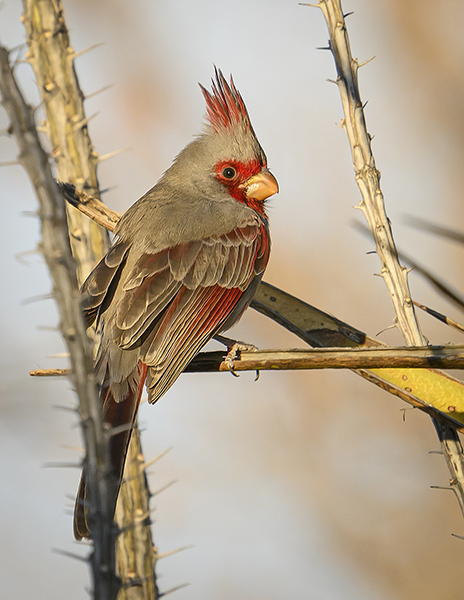
150-500mm (Nikon Z), 500mm, F6.7, 1/800, ISO 450
Click image to view larger
The Eyes Have it!
Leonardo da Vinci said, "The eyes are the windows of the soul." The eyes are undoubtedly key to any compelling photograph. Just as the eyes are most important when photographing people, it's no less accurate for photographing birds. Focusing on the bird's eyes is important to capture great bird photos. When the eyes are in focus, the rest of the picture will seem sharp to viewers. However, taking photos of small, moving subjects like birds requires extra care and attention. In bird photography, good lighting is essential. One important aspect is having a well-lit eye, especially in bird images. The catchlight, a tiny spot in the eye, makes birds look alive. Without catchlight, the bird may appear lifeless, with a black and dead-looking eye. Therefore, waiting for the bird to turn its head and look for catchlight before taking the photo is essential.
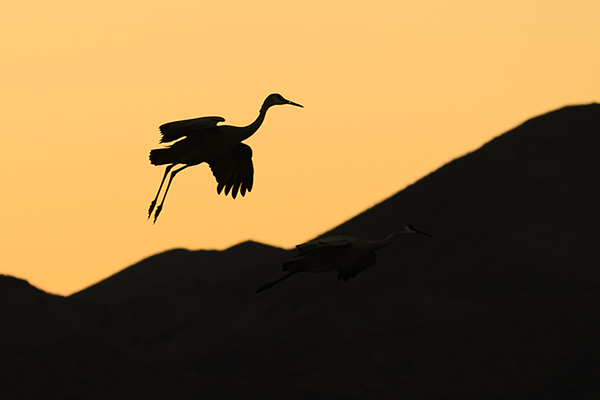
Tamron 150-500mm (Nikon Z), 205mm, F5.6, 1/1000, ISO 320
Click image to view larger
Look for the Wow Factor.
The key to creating a silhouette is backlighting. To create a silhouette, look for a subject against a bright background and expose for the background, keeping the subject in shadow. Sunsets are ideal for capturing silhouettes due to their vivid hues.
Several factors contribute to creating an excellent bird image. The photographs that win photo contests or receive attention on social media have one crucial element: the "wow factor." It's not easy to define this factor, but you'll recognize it when you see it. It could be an adult bird feeding its young, an eagle grasping a fish in its talons as it takes off from the water, or a bird silhouette at sunset.
To see more of Bruce's Wunderlich's bird photography tips and additional work, check out his Facebook or Instagram or read his Birdtography column on the pages of BWD Magazine.
Is your Tamron News subscription up to date? Click to subscribe to all editions of Tamron News featuring how-to tips, new product news, contest announcements and inspiration!
More Photo Tips | Watch Videos | Learn More About Tamron Lenses | Photo Gallery
